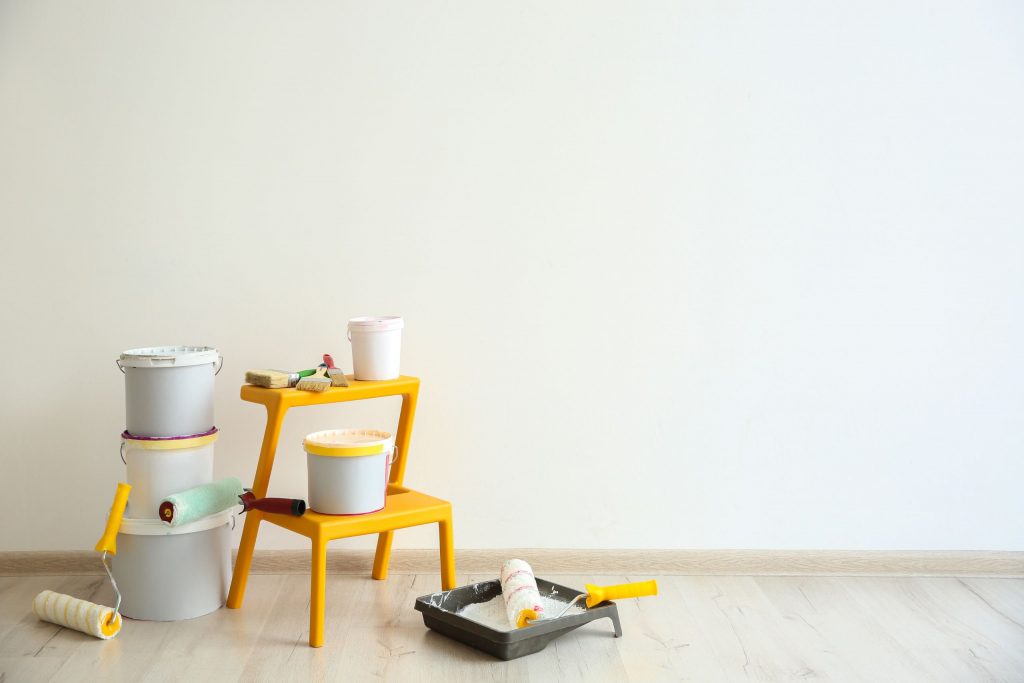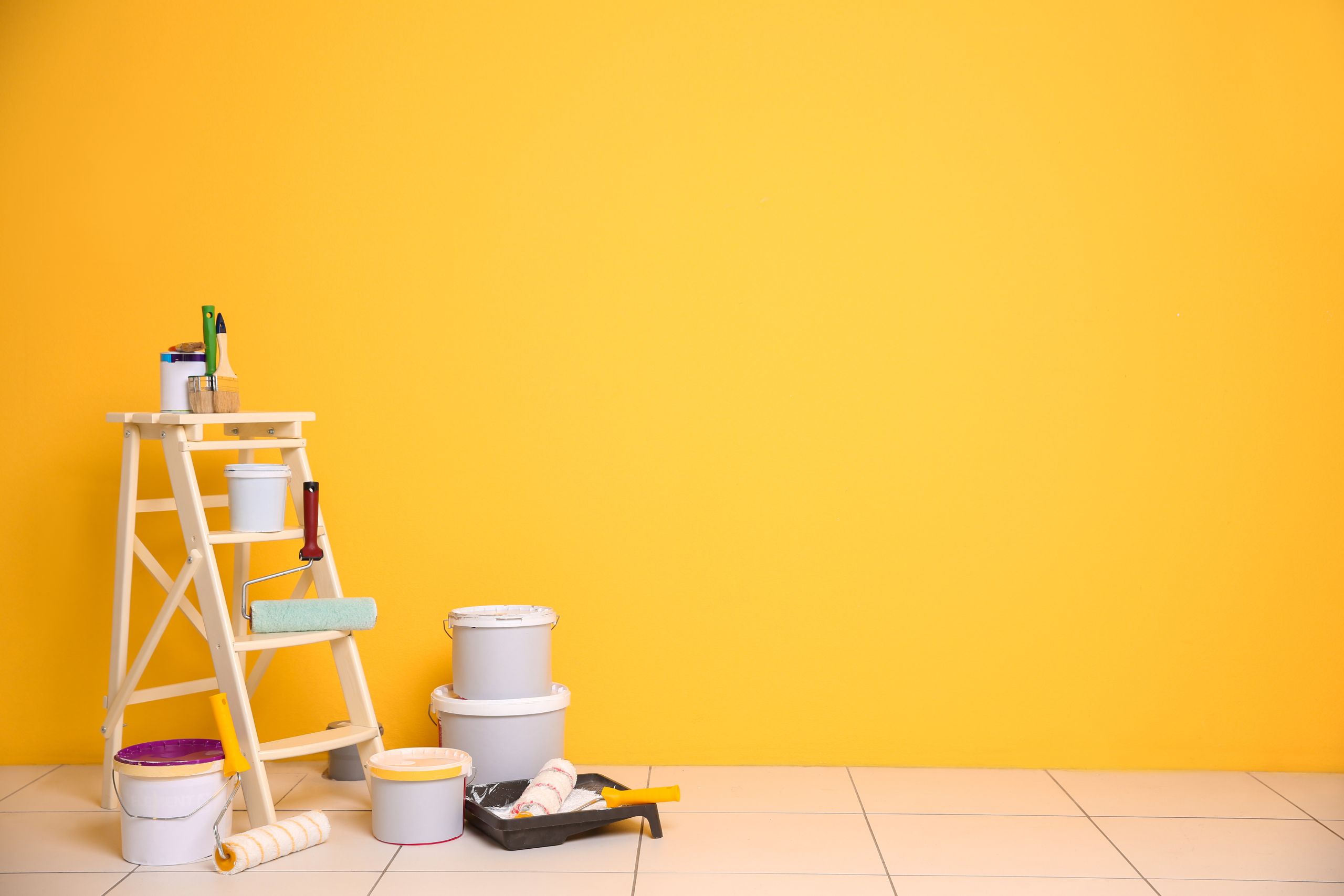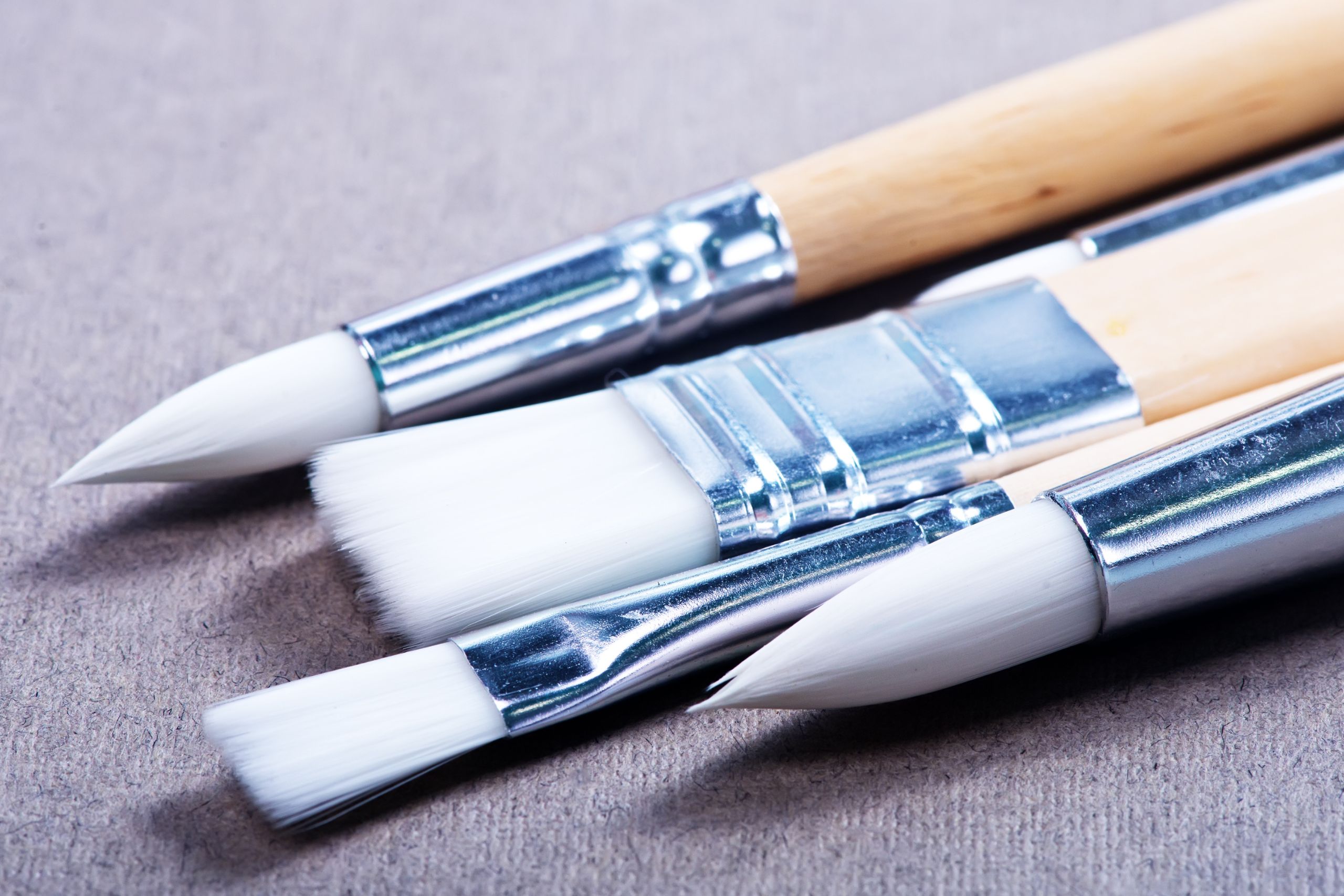Painting trim and edges clean, exact lines may be rather difficult for both amateur and expert painters. Often, the instruments used during the procedure determine the difference between a polished finish and a chaotic one. The appropriate tools may make all the difference, improving the general look of a place and raising the output quality. Properly prepared painters may attractively frame windows, doors, and baseboards using exact, clean lines. The major focus of this page will be the top five essential tools for achieving a professional look when painting trim and edges. From specialized brushes to inventive masking techniques, every tool is very important for a flawless finish. Knowing and using these abilities will enable artists to raise their output and quality of work, therefore creating incredible, long-lasting results.
Angled Paint Brush: For Precision and Control
An angled paint brush is a useful tool for painting jobs when trying precision and control. Angled bristles on its unique design provide extra versatility for working on edges and small places. This shape guarantees neat, clean lines and helps artists to apply paint more precisely, therefore lowering the possibility of over-splashing.
Key characteristics of an angled paint brush to take into account are synthetic bristles that distribute paint well and a pleasant grip that reduces hand tiredness after long usage. Synthetic bristles improve paint adherence and guarantee simple cleaning, therefore improving the whole painting experience.
Every painter has to have angled paint brushes as they have so many uses. Their accuracy in baseboards, trim, and the difficult areas around windows and door frames is exceptional. Professional painters as well as do-it-yourselfers will find ideal fit in their versatility and glossy finish that highlights the visual appeal of any place. Not least of all, employing a quality angled brush produces quicker painting speed and better results.
Painter’s Tape: Crisp, Clean Lines Every Time
Anyone trying to get perfect, clear lines in their painting jobs needs painter’s tape. It guarantees crisp and defined edges by thereby preventing paint from bleeding. For intricate drawings, borders, or when working with many colors, this function makes painter’s tape very helpful. The tape creates a barrier that lets the paint work seem professionally, thereby improving its whole appearance.
Correct use of painter’s tape is very vital to get best results. It should be placed gently on the surface so that the painted area lines up exactly. Strongly pressing down along the tape’s edges is essential; this seals the tape correctly and prevents any paint from leaking beneath. One may maintain straight lines by guiding oneself with a level or measuring tape.
Removing the tape calls for patience most of all. Advice is to wait until the paint dries to the touch before peeling off the tape. This ensures excellent paint adhesion free from smearing or rip action. These rules will help to improve any painting work by offering neat lines and a polished finish using painter’s tape.
Small Roller: Speed and Smoothness for Flat Surfaces
When painting flat surfaces—particularly on trim like baseboards and crown molding—the little roller is a great tool for getting speed and smoothness. Its design allows for fast coverage, which makes it perfect for bigger areas when efficiency is very crucial. A little roller guarantees a consistent, professional-looking finish unlike brushes, which could produce ugly brush strokes.
One should take some basic advice if one wants to optimize the advantages of employing a little roller. First of all, using a low-nap roller will help the application to be more smooth as it reduces roughness and guarantees good adherence to flat surfaces. One should also refrain from painting the roller too full-filled. Overabundance of paint might cause drips and unequal application, therefore compromising the intended clean finish.
For everyone who wants to quickly and elegantly transform their surroundings, a little roller is the perfect tool as, used properly, it not only saves time but also generates amazing effects. Including a little roller into the painting process improves the experience and result generally, thereby guaranteeing rapid and efficient completion of projects.
Edging Tool: Effortless Accuracy Along Borders
The extremely necessary edging tool determines whether a flawless paint line where walls meet trim is achieved. Its design helps users exactly paint edges, therefore saving the need for painter’s tape. This not only saves time but also presents any painting project in a professional manner.
Keeping the edging tool clean will help to enhance its performance. Frequent tool cleaning prevents paint from accumulating, which could cause ugly drips or smudge. Along with periodic thorough cleaning, a basic rinse after each use guarantees that the instrument operates best every time.
Painting around door frames, window trim, and corners is advised application for the edging tool. Its ability to handle limited places and create tidy lines is very invaluable for both do-it-yourselfers and professional painters. This tool will enable individuals to quickly and boldly enhance their painting assignments, therefore ensuring beautifully finished surfaces free from the need for tape or the chance of mistakes. Anyone trying to obtain simple precision along borders has to own an edging tool.
Drop Cloth: Protecting Your Surfaces
Any painting endeavor needs a drop cloth to protect furniture and flooring from inadvertent splatters and spills. Acting as a barrier, it stops damage and saves time and money on cleanup by avoiding Even the most conscientious artists run the danger of damaging their surfaces without a drop cloth, which results in expensive repairs or replacements.
You have plastic and canvas as appropriate drop cloth choices. Perfect for heavy-duty jobs, canvas drop cloths provide strength and absorbency. These are perfect in homes with somewhat regular paint drips. Conversely, plastic drop cloths are fast touch-downs or outdoors suited because they are light-weight and moisture-resistant. Determining the necessary protection degree will guide the choice of materials.
One useful advice is to use painter’s tape to secure the drop cloth, therefore improving its efficacy. This guarantees complete covering of the area and helps the fabric not slide during the painting process. These rules help one to adequately preserve expensive surfaces and have a better, more effective painting experience.

Conclusion
Five must-have equipment stand out if one wants a professional finish when painting trim and edges: a high-quality angled brush for accuracy, a foam roller for smooth application, painter’s tape for neat lines, a paint scraper for surface preparation, and a paint tray for simple loading. Every one of these instruments is rather important in making sure every stroke is intentional and clean, thereby producing a finished result. Not only can investing in excellent equipment improve the outcome but also help to make the painting process more fun and quick. Even the most complex detailing may become a straightforward and fulfilling chore armed with the correct tools. As the appropriate decisions may greatly improve their DIY projects and general pleasure with their work, readers are advised to investigate more about tools and equipment in their continuous quest of painting excellence.



